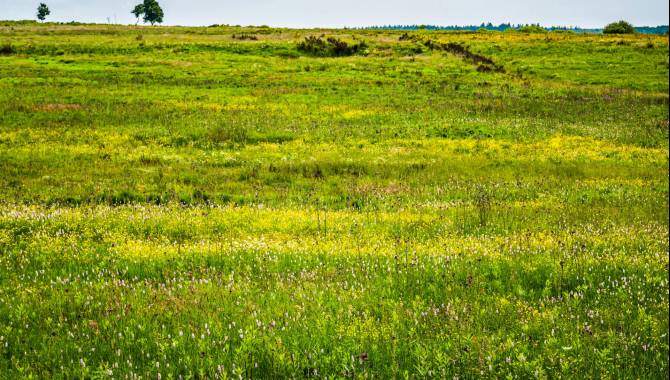Flora and fauna
1/17



Photo: 04a elsenborn lager blutenmeer c peter freisen , CC BY ,East Belgium Tourist Agency NPO

Photo: 04b elsenborn arnika 2 c sarah pieper , CC BY ,East Belgium Tourist Agency NPO

Photo: 04d elsenborn heide und preiselbeere c raymond dahmen , CC BY ,East Belgium Tourist Agency NPO

Photo: 04c 6 narzisse 2 c sarah pieper , CC BY ,East Belgium Tourist Agency NPO

Photo: 04f elsenborn waldhyazinthe c raymond dahmen , CC BY ,East Belgium Tourist Agency NPO

Photo: 04g elsenborn barwurzwiese in der blute c sarah pieper , CC BY ,East Belgium Tourist Agency NPO

Photo: 04g wissveld c raymond dahmen , CC BY ,East Belgium Tourist Agency NPO

Photo: 04e elslenborn knabenkraut 2 c sarah pieper , CC BY ,East Belgium Tourist Agency NPO

Photo: 04h elsenborn schwarzstorch c peter freisen , CC BY ,East Belgium Tourist Agency NPO

Photo: 04i elsenborn braunkehlchen c sarah pieper , CC BY ,East Belgium Tourist Agency NPO

Photo: 04k elsenborn kraniche 1 c sarah pieper , CC BY ,East Belgium Tourist Agency NPO

Photo: 04j elsenborn kraniche 2 c sarah pieper , CC BY ,East Belgium Tourist Agency NPO

Photo: 04l elsenborn hirsch c sarah pieper , CC BY ,East Belgium Tourist Agency NPO

Photo: 04m elsenborn hirschbrunft c sarah pieper , CC BY ,East Belgium Tourist Agency NPO

Photo: 04n elsenborn flockenblume c sarah pieper , CC BY ,East Belgium Tourist Agency NPO

Photo: 04p elsenborn schwalbenschwanz 2 c sarah pieper , CC BY ,East Belgium Tourist Agency NPO

Photo: 04o elsenborn kleines nachtpfauenauge saturnia pavonia c sarah pieper , CC BY ,East Belgium Tourist Agency NPO

















Description
On account of its rare fauna and flora, the majority of the military training ground is considered to be an area worthy of protection, and for that reason it has been included in the Natura 2000 programme. In this Europe-wide network, coherent protected zones are designated which help to ensure the continued existence of wild indigenous plants and animals and their habitat. The soil on the military training ground, low in nutrients though it is, enables rare plants to spread well: in the spring, daffodils blossom here. Shortly after that the meadows are full of brilliant white spignel, and in summer the arnica flowers in great numbers too. Purple heather and cowberries colour the landscape in the autumn. More than 78 bird species are native to the training ground, and it is above all the whinchat and various types of larks and pipit, all of which nest on the ground, that find ideal living conditions here, as does the black stork. Notable among the fauna are also more than 30 species of butterfly and moth, including the violet copper and a very rare type of fritillary, which have settled here as typical inhabitants of a cold, damp habitat.
Carte
Flora and fauna
4750 Elsenborn